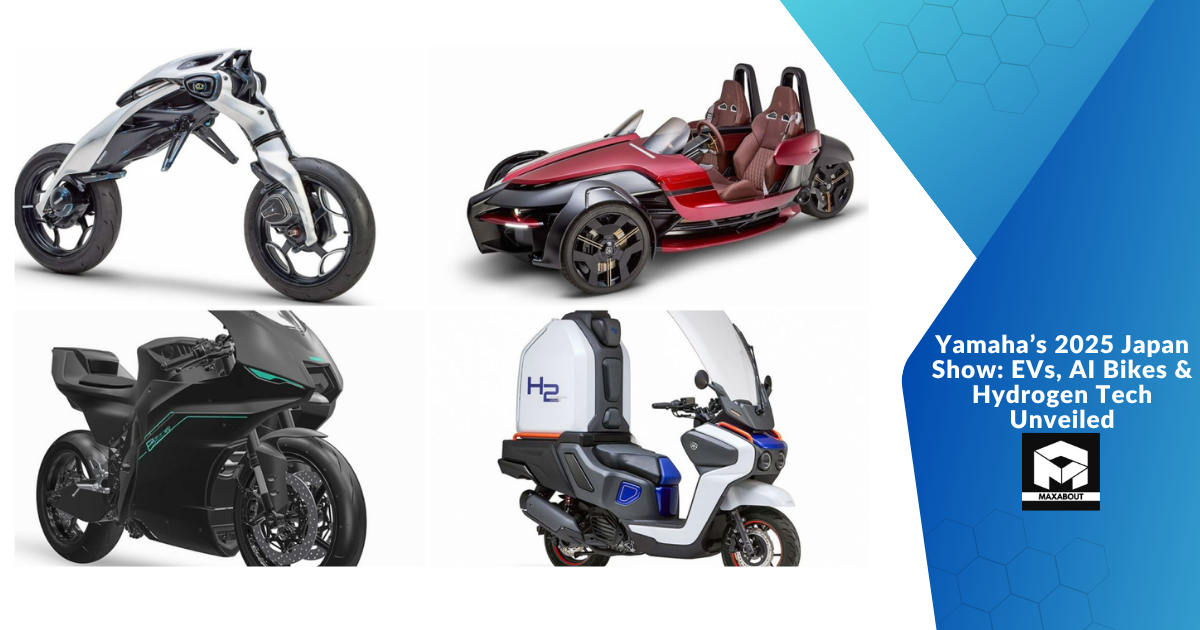Introduction: Yamaha's Bold Vision at the Japan Mobility Show
The Japan Mobility Show (formerly the Tokyo Motor Show) has always been a platform for manufacturers to showcase their most forward-thinking concepts, and this year, Yamaha didn't disappoint. As someone who's followed the industry for years, I can tell you that Yamaha's presence at the show was particularly significant this time around. With 16 innovative exhibits spanning electric vehicles, AI-powered motorcycles, hydrogen technology, and more, the company clearly demonstrated their comprehensive vision for the future of mobility.
What makes this showcase particularly noteworthy is how Yamaha is balancing technological advancement with their core philosophy of creating vehicles that are fun to ride and drive. The company appears to be embracing multiple pathways toward sustainable transportation rather than betting everything on a single technology—a smart strategy given the rapidly evolving mobility landscape.
Electric Mobility: Yamaha's EV Portfolio
Electric vehicles formed a substantial portion of Yamaha's exhibit, showing the company's commitment to zero-emission transportation. According to industry reports, Yamaha has been investing heavily in electric drivetrain technology over the past few years, and their exhibits at the show reflect this strategic direction.
The E01 Electric Scooter
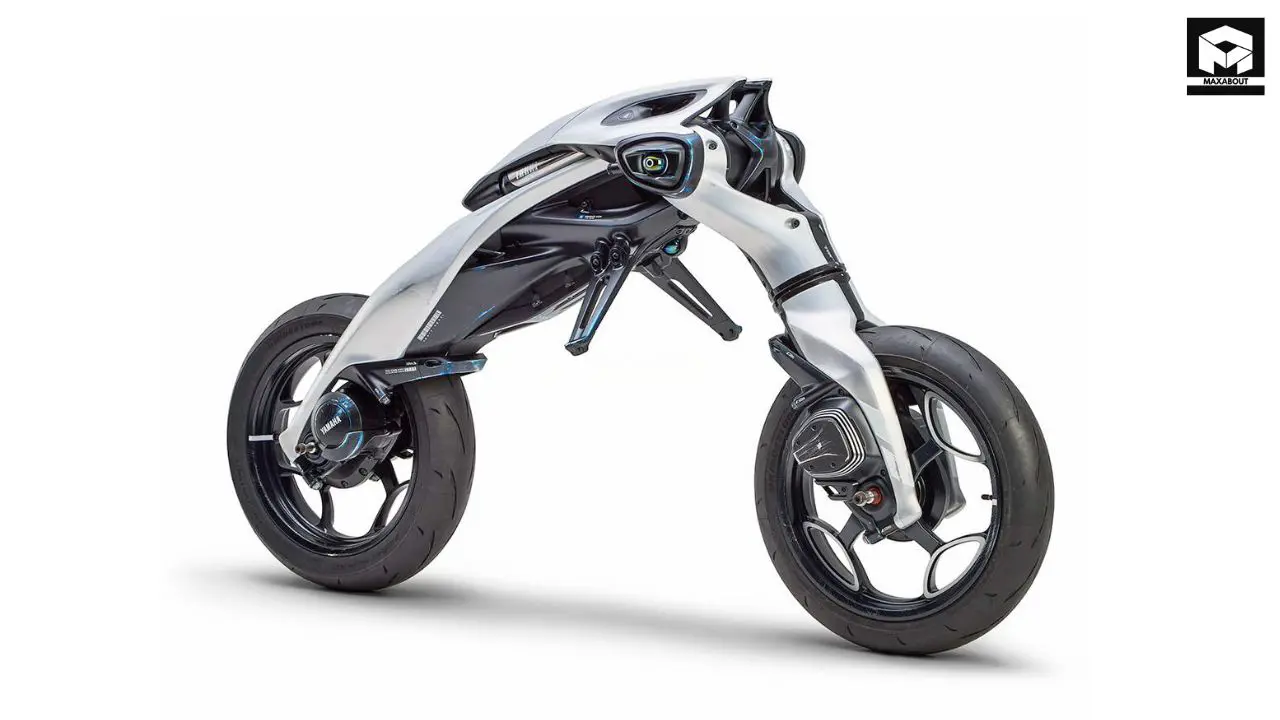
Among the most production-ready exhibits was the E01 electric scooter. This urban mobility solution features removable batteries—a practical approach that addresses the charging infrastructure limitations often cited as barriers to EV adoption. The E01 reportedly offers a range of approximately 100km on a single charge, making it suitable for most urban commutes.
What caught my attention was the scooter's design language, which cleverly balances futuristic elements with Yamaha's recognizable aesthetic. From technical specifications shared at the show, it appears the E01 will offer performance comparable to a 125cc gasoline scooter but with the benefits of zero emissions and lower operating costs.
NEO's and E-Vino: Urban Electric Mobility
For shorter urban trips, Yamaha displayed their NEO's and E-Vino models, which represent the company's entry-level electric scooter offerings. These models are already available in some markets and showcase how electric powertrains can be effectively implemented in smaller, more affordable vehicles.
According to Yamaha's public specifications, these models offer ranges between 40-70km depending on riding conditions—suitable for urban environments where charging infrastructure is becoming more prevalent. The battery systems in these models reflect Yamaha's practical approach: they're designed to be easily swappable or charged from standard outlets.
AI-Powered Technology: The MOTOROID 2
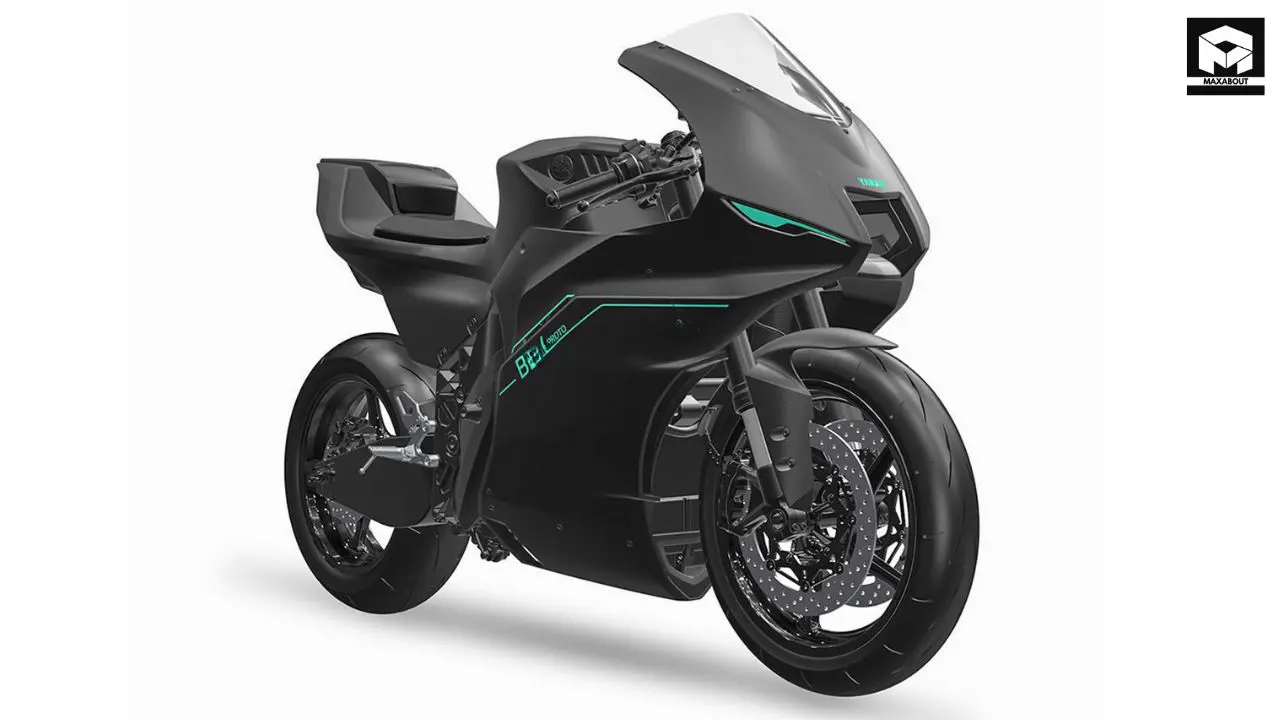
One of the most futuristic exhibits was undoubtedly the MOTOROID 2, an evolution of Yamaha's experimental AI-powered motorcycle first shown in 2017. This concept showcases how artificial intelligence might transform the riding experience in the coming decades.
Advanced Rider Recognition and Adaptation
The MOTOROID 2 features advanced rider recognition technology that allows it to identify its owner and adapt to their riding style. From what was demonstrated at the show, the bike can stand upright on its own, follow its rider when walking, and make micro-adjustments to maintain balance—capabilities that could revolutionize motorcycle safety and accessibility.
While clearly still in the concept stage, the technologies being developed for MOTOROID 2 could eventually find their way into production models, potentially making motorcycles safer and more accessible to new riders. The bike represents Yamaha's exploration of how AI can enhance rather than replace the human element of riding—preserving the joy while adding convenience and safety.
Hydrogen-Powered Innovation
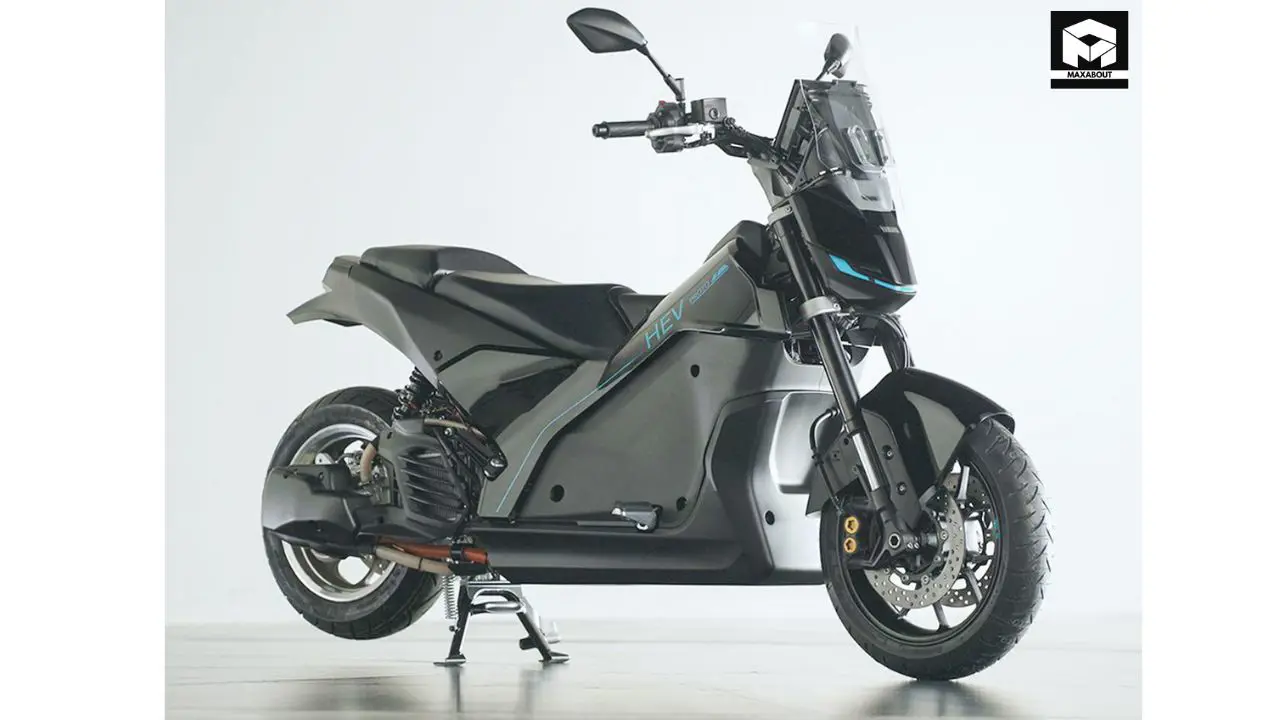
Perhaps most intriguing from a technological perspective was Yamaha's showcase of hydrogen-powered engines. While many manufacturers are focusing exclusively on battery electric vehicles, Yamaha is exploring multiple paths toward carbon neutrality.
Hydrogen Engine Technology
Yamaha displayed a hydrogen-powered engine that, according to their technical presentation, maintains the engaging characteristics of internal combustion engines while eliminating carbon emissions. The company has been developing this technology in collaboration with other Japanese manufacturers, as has been widely reported in industry publications.
What makes this approach particularly interesting is that it leverages much of the existing manufacturing infrastructure and expertise while addressing emissions concerns. The hydrogen engine still offers the sound, vibration, and immediate response that enthusiasts appreciate—characteristics that are sometimes missed in the transition to electric powertrains.
Potential Applications
While hydrogen infrastructure remains limited, Yamaha's development suggests they see potential for this technology in specific applications where battery electric vehicles might be less suitable. According to industry analysts, hydrogen could be particularly valuable for vehicles that require quick refueling and extended range—important considerations for certain types of motorsports and long-distance touring.
The technical challenges of hydrogen storage and distribution are well-documented, but Yamaha's continued investment suggests they believe these hurdles can be overcome for specific use cases.
Land Mobility Concepts: Beyond Two Wheels
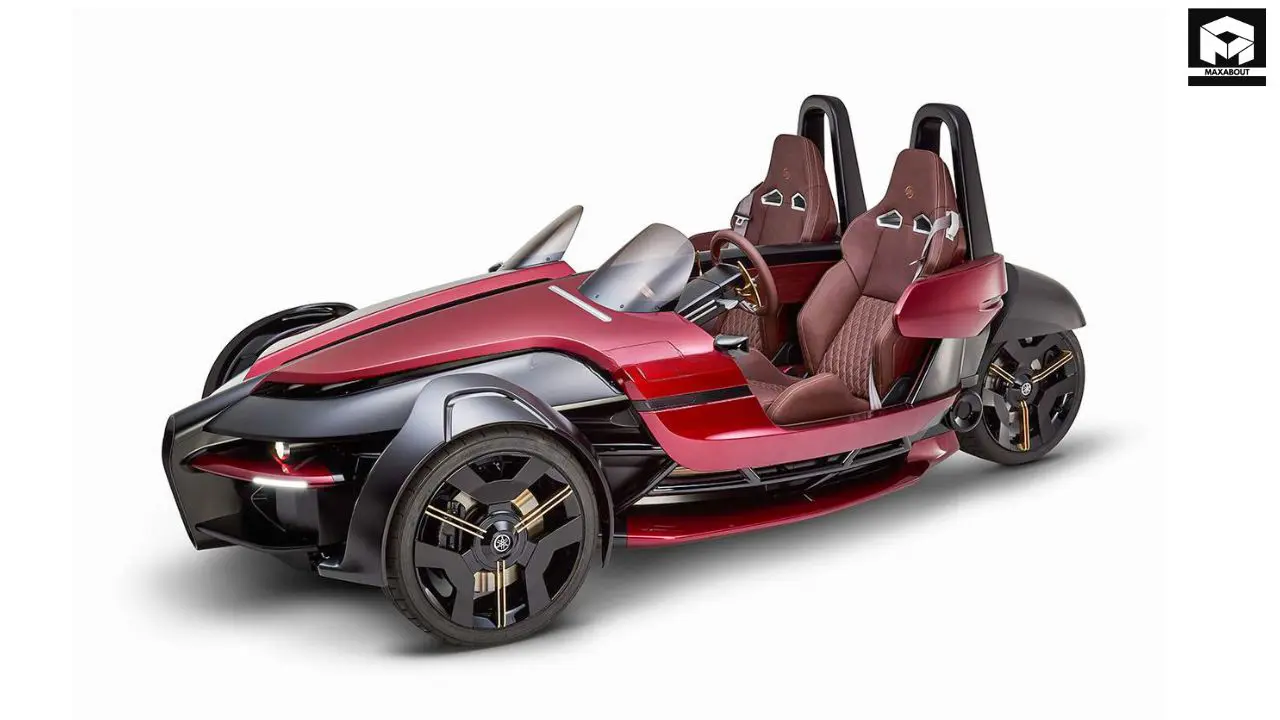
Yamaha's expertise extends beyond motorcycles, and their exhibits reflected this broader vision for mobility. Several concepts showed how the company is thinking about diverse transportation needs.
TY-E Trials Bike
The TY-E electric trials motorcycle demonstrates how electric powertrains can enhance performance in specialized applications. Electric motors provide instant torque—ideal for the precise control needed in trials riding. According to specifications shared at the show, the TY-E weighs significantly less than comparable combustion engine models while delivering superior low-speed control.
Four-Wheeled Concepts
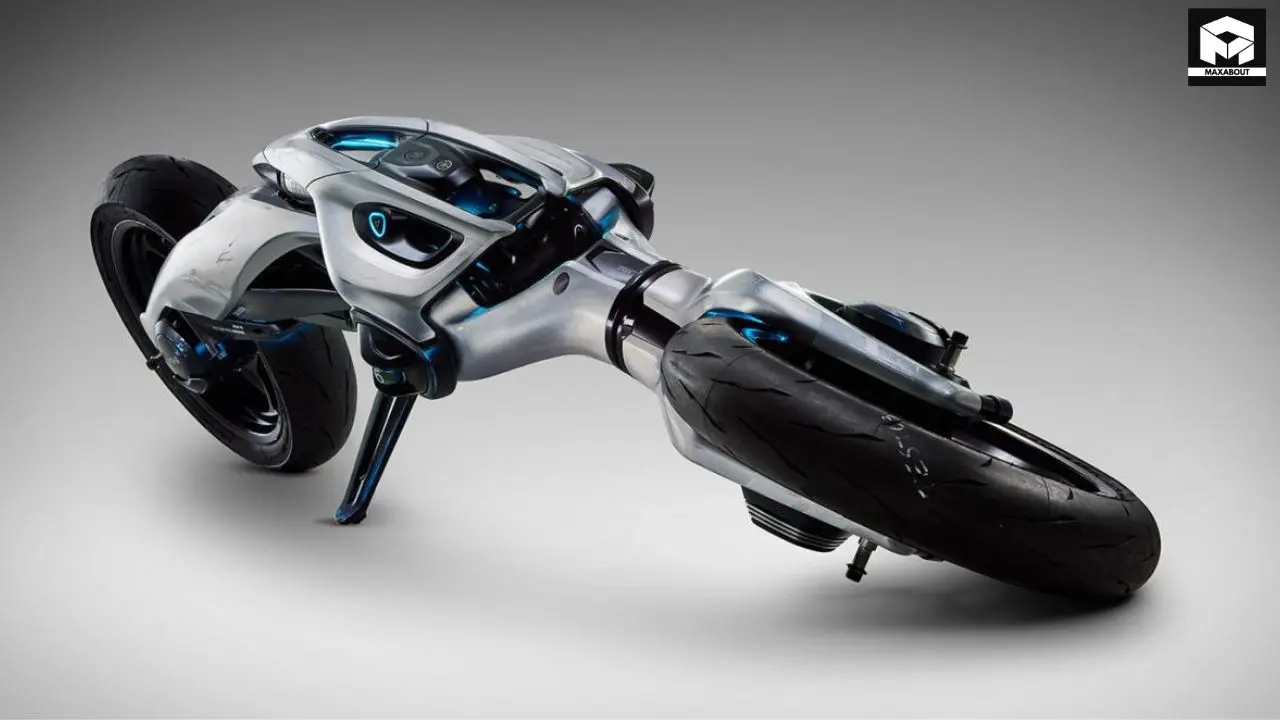
Beyond two wheels, Yamaha showcased several four-wheeled mobility concepts designed for various use cases from urban transportation to recreation. These vehicles leverage Yamaha's expertise in compact powertrains and chassis design, applying them to new form factors that address emerging mobility needs.
One particularly interesting concept was designed for "last mile" delivery services—a growing sector as e-commerce continues to expand globally. The vehicle featured modular cargo options and a compact footprint optimized for navigating congested urban environments.
Marine and Recreational Mobility
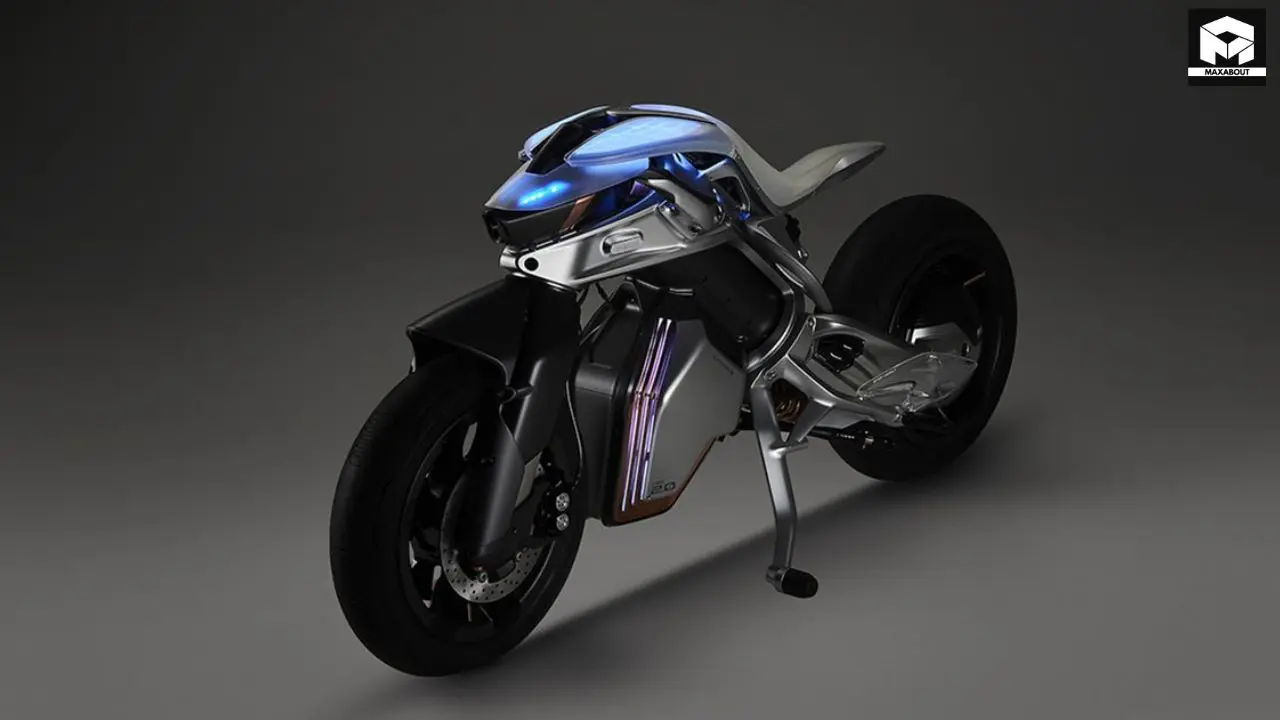
Yamaha's comprehensive approach to mobility extends to water and recreational applications, which were also represented at their exhibit.
Electric Marine Drives
Electric outboard motors and marine drive systems were displayed, showing how Yamaha is applying sustainable technology across their product range. These systems are particularly well-suited to waterways where noise and pollution concerns are heightened, such as lakes with environmental protections or urban canals.
According to Yamaha's technical presentations, their marine electric drives offer several advantages beyond zero emissions, including reduced maintenance requirements and enhanced low-speed maneuverability—important for fishing and other activities where precise control is valuable.
Frequently Asked Questions
When will these Yamaha concept vehicles be available to consumers?
The timeline varies significantly by product. Some exhibits, like the NEO's and E-Vino electric scooters, are already available in select markets. Others, such as the E01, appear to be close to production. The more experimental concepts like MOTOROID 2 are primarily technology demonstrations, with elements that may appear in production vehicles over the coming years. Yamaha has not announced specific release dates for most concept vehicles shown at the Japan Mobility Show.
Is Yamaha abandoning traditional gasoline motorcycles?
No, Yamaha appears to be pursuing a multi-pathway approach to future mobility. While investing heavily in electric and alternative powertrains, the company continues to develop and improve their internal combustion offerings. This balanced strategy allows them to meet diverse market needs while gradually transitioning toward more sustainable technologies.
How does Yamaha's approach to electric vehicles differ from competitors?
Based on their exhibits, Yamaha seems to be taking a particularly pragmatic approach to electrification, focusing on practical urban mobility solutions with replaceable batteries and reasonable range expectations rather than attempting to match the performance specifications of their highest-performance gasoline models. They're also notably investing in multiple alternative technologies rather than focusing exclusively on battery electric vehicles.
Conclusion: Yamaha's Multi-Pathway Approach to Future Mobility
Yamaha's 16 exhibits at the Japan Mobility Show paint a picture of a company embracing technological transformation while staying true to their heritage of creating engaging vehicles that people enjoy using. Rather than placing all their resources behind a single vision of the future, Yamaha is exploring multiple pathways—electric, hydrogen, AI-enhanced, and even refined internal combustion—to meet diverse mobility needs.
This strategic flexibility seems well-suited to the current moment of transition in transportation. While electric vehicles will clearly play a major role in the future of mobility, Yamaha's showcase demonstrates that other technologies may complement this shift, particularly for specialized applications and in regions where infrastructure development varies.
As the mobility landscape continues to evolve, Yamaha's comprehensive approach positions them to adapt to changing conditions while continuing to deliver products that emphasize the joy of movement that has always been at the core of their brand philosophy. The Japan Mobility Show exhibits suggest that whatever the future holds, Yamaha intends to remain at the forefront of personal mobility innovation.

